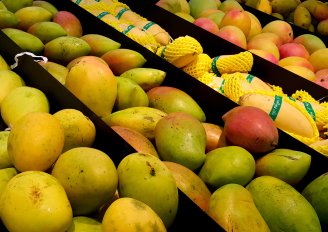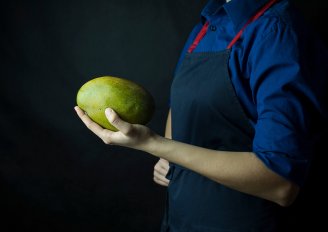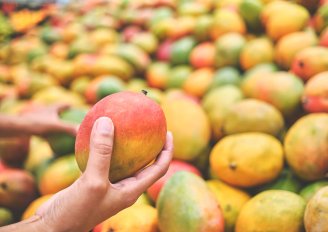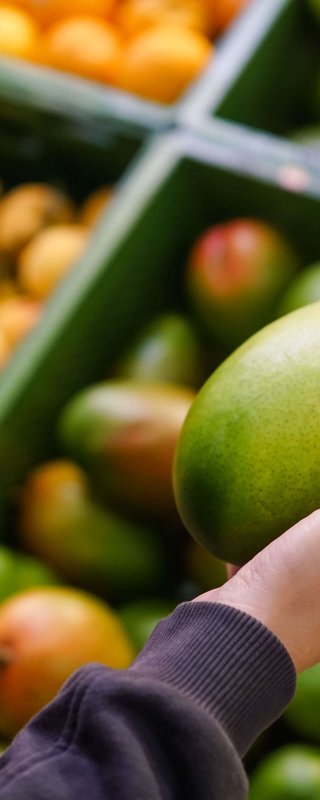
Retail practices for mango
Improved retail practices can lead to a higher quality of fresh fruit and vegetables and improve customer satisfaction. For the highest freshness of the mango on the shelf and to minimize waste, 'first-in first-out' management may be the best strategy. However, quality inspections may lead to other decisions. The staff must be well trained in handling the different types of fresh produce. They must realize that fresh products are very susceptible to handling damage and to unfavorable conditions such as too low or too high temperature.
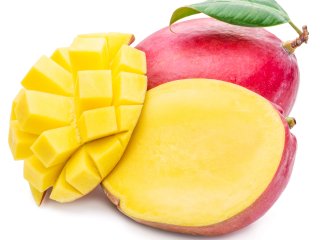
Good mango quality
Mangos are among the most popular fruits in the world and available all year round. They can usually be purchased as a single fruit or as twin pack. At the retail reception point, the mangos are mature but not necessarily ripe yet. They continue the ripening process and reach a satisfactory degree of ripeness during display or after purchase. Internal flesh colour and firmness are indicators of ripeness. The ripeness of the mango cannot be judged by its red color (also called 'blush'). For some varieties, a change from the green ground colour to yellow can be a good indicator. Other varieties keep a green skin even when ripe.

